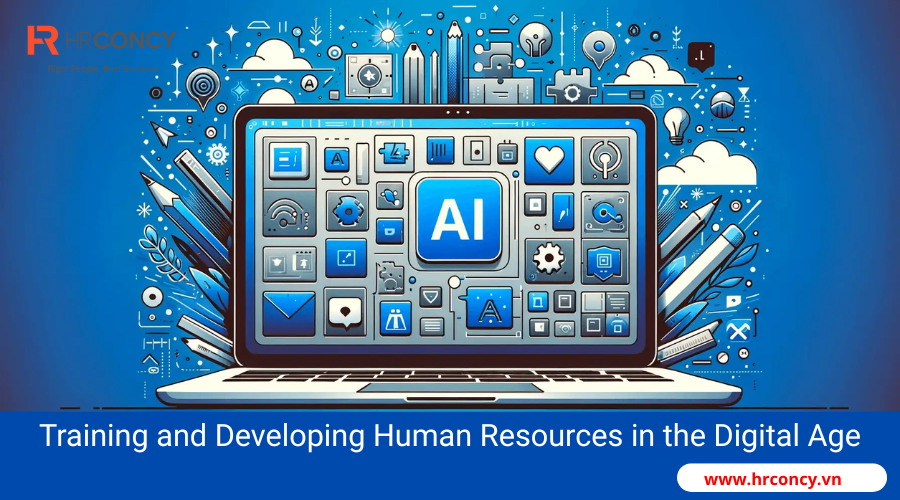CORPORATE RESTRUCTURING – THE KEY TO SURVIVAL IN A VOLATILE ERA
1. What is Corporate Restructuring?
Corporate restructuring is the process of reorganizing a company’s structure, business strategy, operations, or workforce to enhance efficiency. It is not only a solution for struggling businesses but also a strategic move to adapt to new market trends, optimize resources, and gain a competitive advantage.
2. When Does a Corporate Need Restructuring?
A company typically decides to restructure when:
- Declining performance: Revenue drops, low profitability, high operating costs.
- Market changes: Consumer trends shift, competitors grow stronger.
- Business expansion: The company wants to enter new markets or develop new product lines.
- Technology integration: Improving processes and applying new technologies to boost productivity.
- Brand repositioning: Changing business direction or long-term goals.
3. Key Steps in the Corporate Restructuring Process

Restructuring should not be rushed but must be planned carefully. Here are the key steps:
Step 1: Assess the Current Corporate Situation
Companies need to analyze internal issues such as business models, finances, operational processes, workforce productivity, and corporate culture. This step helps identify the root cause of the problem.
Step 2: Define Restructuring Goals
It is essential to clearly define the restructuring goals—whether to optimize costs, improve operational efficiency, enhance customer service, or expand into new markets. Clear objectives will help guide specific strategies.
Step 3: Choose a Restructuring Method
Depending on the situation, businesses can choose one or multiple restructuring approaches, such as:
- Organizational Restructuring: Adjusting the workforce structure and management hierarchy.
- Strategic Restructuring: Modifying business direction and focusing on new customer segments.
- Financial Restructuring: Refinancing debts and optimizing cash flow.
- Process Restructuring: Improving operational workflows and adopting new technologies.
Step 4: Implement the Restructuring Plan
This is the most critical phase. Companies must communicate clearly with employees, customers, and partners about the planned changes. At the same time, they need to track progress and make flexible adjustments when necessary.
Step 5: Evaluate Effectiveness and Adjust
After implementation, businesses must assess whether the restructuring achieves its intended goals, whether employees are adapting well, and whether operational efficiency has improved. If needed, further adjustments can be made for optimization.
4. Challenges in the Restructuring Process

Business restructuring is not always smooth. Here are some common challenges and how to overcome them:
- Employee Resistance: Employees may fear job loss or uncertainty. To address this, businesses must communicate transparently, explain the benefits of change, and provide training opportunities to help employees adapt.
- Lack of Leadership Consensus: If the leadership team is not aligned or committed, restructuring plans can be delayed or fail. A detailed plan with active participation from leadership is essential.
- Prolonged Implementation Time: If restructuring takes too long without delivering immediate benefits, it can lead to employee frustration. Setting short-term goals can help maintain motivation.
5. A Real-World Example of Successful Restructuring
A traditional retail company struggled as its old business model became ineffective amid the rise of e-commerce. To adapt, the company transitioned to an omnichannel retail model, combining physical stores with online sales.
Specifically, they restructured by:
- Investing in an e-commerce platform, optimizing their website, and developing a mobile app.
- Retraining employees to provide better customer support.
- Enhancing delivery processes and after-sales services.
Within a year, the company saw significant revenue growth, higher customer retention, and improved workforce efficiency.
6. Conclusion
Business restructuring is an inevitable process in today’s dynamic business environment. However, to restructure successfully, companies must have a clear plan, define the right objectives, choose appropriate methods, and ensure team alignment.
If you are considering restructuring your business or want to learn more, leave a comment below! And don’t forget to like & subscribe to stay updated with valuable insights from HRConcy. See you in the next content series!
174 view







